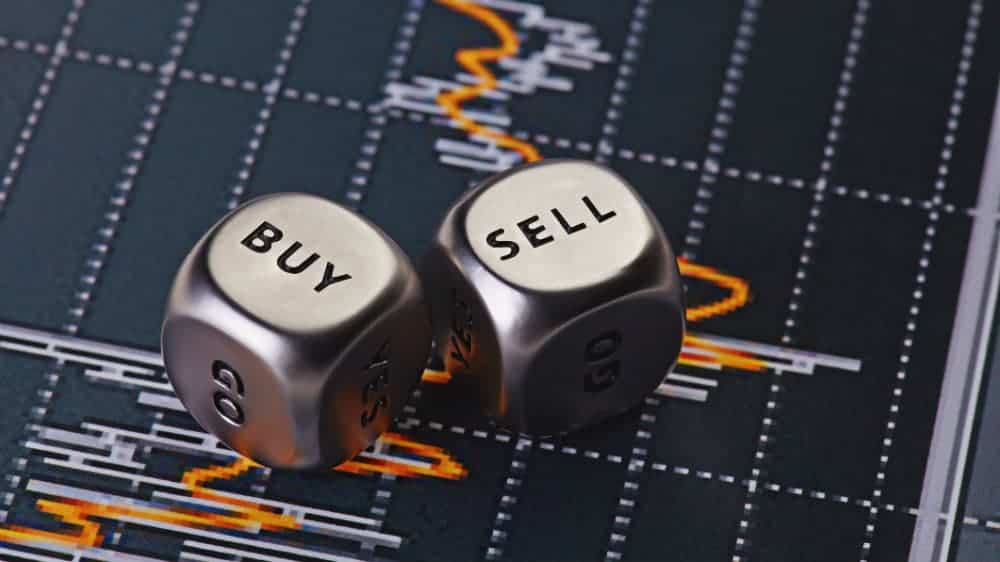To some, a short squeeze is just a brief hug. In the world of finance, it’s something entirely different. It’s actually a really interesting market movement that sometimes happens to certain shares. We’re going to explain everything you need to know, including what causes it to happen and why.
What is a short squeeze?
In order to understand how a short squeeze works, it’s important to understand short selling.
This is basically when a trader thinks the value of a share is going to fall. The most common way this happens is by following these steps:
- A trader borrows shares and then sells them immediately at the current price.
- If the price goes down, the trader buys the shares at the lower price to replace the ones they borrowed.
- The difference between these prices is the profit margin for the trader.
- So the more a share price drops, the more profit they make.
This is a frequent trading technique and short selling happens all the time. Where this can become interesting is when a share price goes up instead of down.
For someone buying shares thinking that the price will increase, the worst-case scenario is that the shares lose 100% of their value.
Short-sellers, on the other hand, are exposed to more risk and a potentially unlimited downside. This is because a share price can increase much more than 100%. It’s under these conditions that a short squeeze can happen.
How does a short squeeze happen?
When there is a share that lots of traders think will go down in price, this can leave them exposed.
If the price of the share starts to rally and go up, it can cause big problems for the short-selling traders.
What happens is that as the price rises and lots of traders cut their losses and just buy the shares at the new higher price. This causes a squeeze on the price of the share because of the demand of traders who are trying to end their trade in case the price goes up even further.
What does this mean for the price?
This can all lead to a snowball effect on the price. If the stock continues to rally and the price goes up, short-selling traders may become desperate.
Every time a trader wants to cut their losses, the only way to do this is to buy more shares. This then increases the price somewhat artificially.
When a stock has been heavily shorted by traders, there can be a bit of a scramble if the price keeps going up.
Some will try and hold on in case the price comes back down, but this is very risky because many will have borrowed shares or money to carry out the trade in the first place. So the longer they hold on, the more it may cost them in interest.
What are some examples of this happening?
Currently, there is a situation where this is happening to GameStop (GME) shares. This is not the first time a short squeeze has taken place, but it’s slightly different because the squeezing has largely been driven by regular retail investors.
Normally, a short squeeze is caused by larger institutional investors, like hedge funds who have a lot of power to sway the market.
A famous example of short–squeezing was the Volkswagen (VOW3) ‘infinity squeeze’ back in 2008. Many traders were betting on the share price falling.
However, Porsche had bought a large number of Volkswagen shares and the German government also owned a big chunk, meaning there were few shares available that could be purchased by anyone else.
When the share price rose, traders were left struggling to replace the shares they had borrowed. The share price was squeezed and briefly, Volkswagen became the biggest company in the world based on market capitalisation!
Takeaway
A short squeeze happens when a large number of traders bet that the price of a stock will go down but then it actually goes up.
Because of how short-selling works, traders are forced to keep buying shares at higher prices. This high demand squeezes the price upwards further and further.







